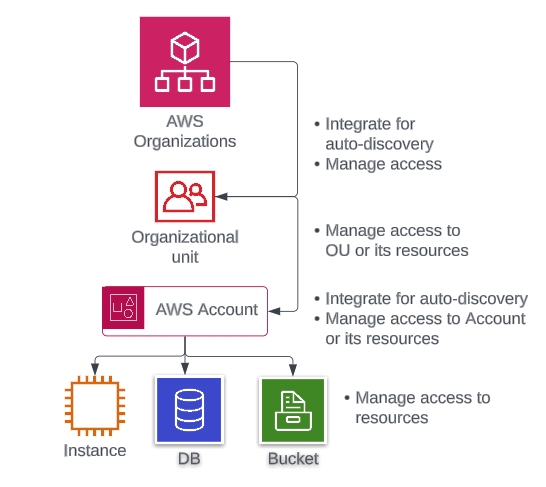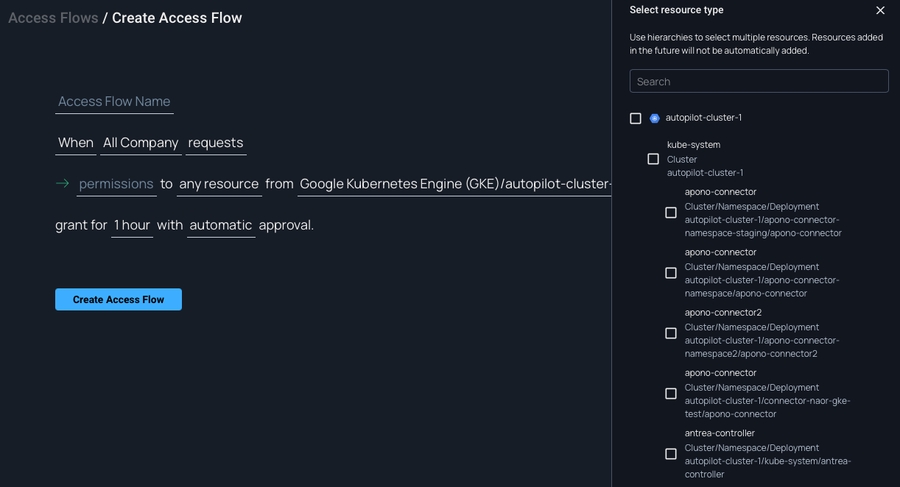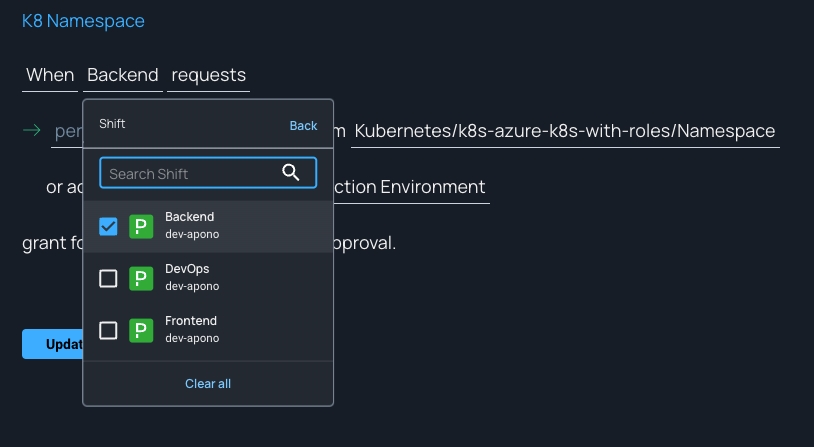Dynamic Access Management
How to turn static access policies into dynamic Access Flows
Intro
Access management only really works when automated.
Most companies fall under one of these categories:
Users have permanent access or group membership - this creates stale, unused access and over-privilege, which security and compliance teams, as well as customers, will not accept
Access is managed with tickets and messages, but no one remembers to go and revoke it - this manual process creates overhead for IT or DevOps, doesn't scale and is difficult to track and audit.
Access is automated, but with homegrown solutions, like custom lambda functions, workflow builders, and GitHub repositories - these cool in-house solutions are creative and tailor-made, but require a lot of maintenance (for set-up and whenever the environment or stack changes) and depends on the individuals who built it; if they leave, does anyone know how to operate it?
Which of these applies to your organization?
What can you do?
Turn traditional, static policies into dynamic Access Flows
Automate access revocation with Apono
Use Apono bundles, tags, cloud hierarchies, user attributes, and on-call shifts for dynamic access management
How to: Dynamic Access Management
Using Apono Bundles
Apono offers out-of-the-box bundles for dynamic access management:

How to use it
Go to Access Flows
Click the Bundles tab

See all of your existing Bundles - you can edit and delete them
Click Create Bundle; pick Integrations, Resources, and Permissions. Add as many as you want and Save
Go to Access Flows, create a new Access Flow, or edit an existing one: in the resources section, you can switch between Integrations and Bundles by clicking the tab on the top right corner.

Feel free to add other bundles and permissions to resources, set your grantee, access time, approver time, and Save/Update.
Using tags
Tags are a great way to dynamically manage your environment; create a tag and apply it to resources like databases, buckets, machines, repositories, and more. With a good tagging strategy you can gain better control of your environments.
Apono supports two types of tags:
App tags
Using tags in your cloud environment? Apono syncs tags from AWS, Azure and GCP
Integrate Apono with your cloud environment
Apono will automatically discover and sync tags and their tagged resources
Create a dynamic Access Flow using tags: instead of picking resources by hand, use tags. All resources added to it in the future will be included in the Access Flow and can be requested.

API for tags injection
Your organization probably has thousands of resources from different cloud services, tools and data repositories, that may be sensitive for different reasons: some contain financial data, some contain customer data, some may contain PII and others are critical production assets.
You may already be using tagging tools (DSPM) like Varonis, Securiti, Dig Security, Laminar, Centra or others.
With Apono, you can stream these resource tags using our API and dynamically manage access to these resources.
Simply create an Access Flow for some tagged resources, like Prod, Region, PII, etc. and access to all present and future resources tagged will be controlled JIT with Apono based on the access duration and approval flow you set.
Read more here
Using hierarchies
Apono supports your native cloud hierarchies to allow dynamic management.

How to use it
Manage access to resources through their parent
Create an Access Flow on a specific resource type
Pick 1 or more parents
Any resources belonging to these parents now or in the future will be included

Manage access to resources by using exclude
Create an Access Flow on a specific resource type
Pick all resources except specific ones
Any resources except the one(s) selected now or in the future will be included

Manage access to resources by using Any
Create an Access Flow on a specific resource type
Keep the default setting Any
Any resources of this type now or in the future will be included
Users attributes
Apono syncs with your IdP and On-call system to sync user information. As you update users' managers, groups and shifts, Access Flows will automatically change to fit your changes.
Shift
Apono integrates with incident response tools like PagerDuty to find who are the developers on duty (also called shifts or on-call).
Want your on-call developers to gain access that will help that troubleshoot and respond to incidents?
Create an Access Flow where requesters or approvers are Shift members

Voila! You have dynamic, per-shift Access Flows.
Manager
Apono integrates with IdP systems like Okta, Azure AD, JumpCloud, OneLogin and Google Workspace to find who users' report to.
Want your users' managers to approve access requests?
Create an Access Flow where approvers are requesters' managers

All set! You have dynamic, manager-approval Access Flows.
Group
Apono integrates with IdP systems like Okta, Azure AD, JumpCloud, OneLogin and Google Workspace to find groups and their members.
Use this for:
Dynamic group membership If you manage your users access with groups, temporary group membership could be the right solution for you. This is a great way to manage users' access to IAM roles and environments, but not necessarily to granular resources like databases, collections, schemas, buckets, machines, etc.
Create an Access Flow where users can request access to groups

Approval or request controlled by group membership
Create an Access Flow where requesters or approvers are controlled by group membership

Last updated
Was this helpful?
